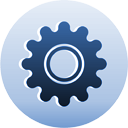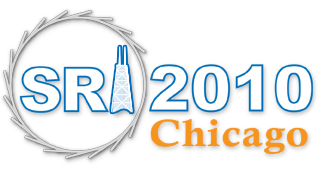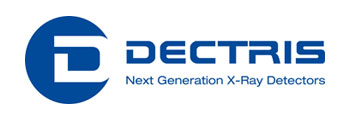Workshop 4
← back to Complete Program
Advancing the frontiers of structural biology with micro beams, nano crystals, and picosecond pulses
September 21, 2010 • APS Office Building (401) — Room A5000
1:30 pm — 5:30 pm
Organizers: Bob Sweet (BNL Biology) and Hiro Tsuruta (Stanford SSRL)
Structural biology has experienced an explosion in capability and productivity over the last two decades. This is owed partly to advanced developments of light sources themselves, and also in synchrotron instrumentation. Ever challenging experimental requirements drive new technological developments, including robotics and automated data collection. Microbeam facilities are being developed at every major synchrotron to study hard-to-crystallize, high-value, complex macromolecular machines which are fundamental to all biomedical disciplines: human health, agriculture, bio-energy, and climate control.
Recent developments – small beams, fine time structure, beam coherence – also benefit non-crystalline diffraction and scattering studies, complementing atomic-resolution crystallographic studies. Microbeams opened new territory in fiber and in-situ diffraction studies on supra-macromolecular structures. Time-resolved studies, aided by highly specialized laser-triggering setups, push to the sub-picosecond regime. Coherent beam properties at new light sources promise new approaches for single particle and single cell studies.
More recently, the unique Linear Coherent Light Source at Stanford Linear Accelerator Complex has just begun to revolutionize macromolecular crystallography, the center piece of modern structural biology, in a way unthinkable until recently. Nanocrystal studies have just begun, suggesting remarkably promising implications in the way we may obtain molecular structures with hard x-rays.
This workshop will highlight some of the latest scientific research, and the advanced instrumentation and light-source developments that made it possible.
Agenda
| 1:30 — 1:35 | Hiro Tsuruta (Stanford SSRL)
Introduction to the workshop
|
| 1:35 — 2:10 | Bob Fischetti (GM/CA-CAT, ANL)
Reducing X-ray-induced damage from photoelectrons with micron-sized beams |
| 2:10 — 2:45 | Bruce Doak (Univ. Arizona)
Streaming microcrystals at the LCLS |
| 2:45 — 3:20 | Thomas Barends (MPI for Medical Res, Heidelberg)
Aspects of diffraction studies at the LCLS |
| 3:20 — 3:35 | Coffee |
| 3:35 — 4:10 | Lee Makowski (ANL / Northeastern Univ.)
Bragg speckle diffraction in crystalline cellulose |
| 4:10 — 4:45 | Joseph Orgel (Pritzker Institute of Biomedical Science and Engineering, IIT; and BioCAT, APS)
Microfocus and cryo-freezing methods in fiber diffraction help drive new insights into the molecular organization of the brain and connective tissues |
| 4:45 — 5:20 | Phil Anfinrud (NIDDK, NIH)
Time-resolved solution scattering studies of proteins |
| 5:20 — 5:30 | Closeout |
| 5:30 | Opening Reception |




